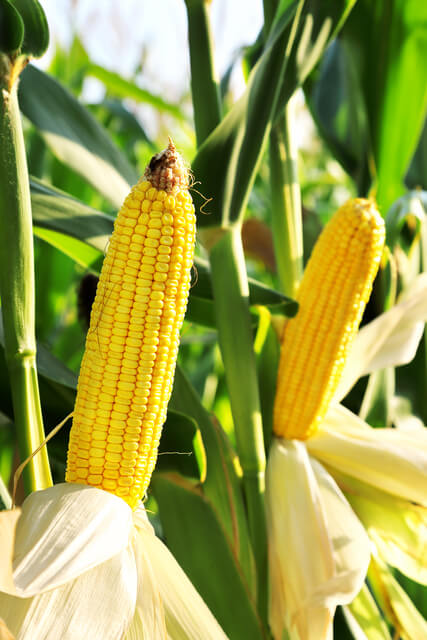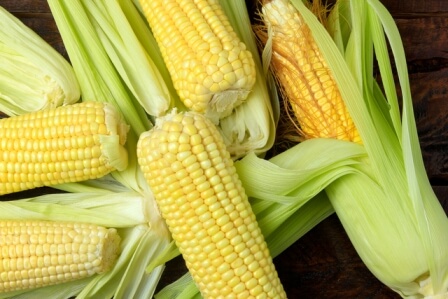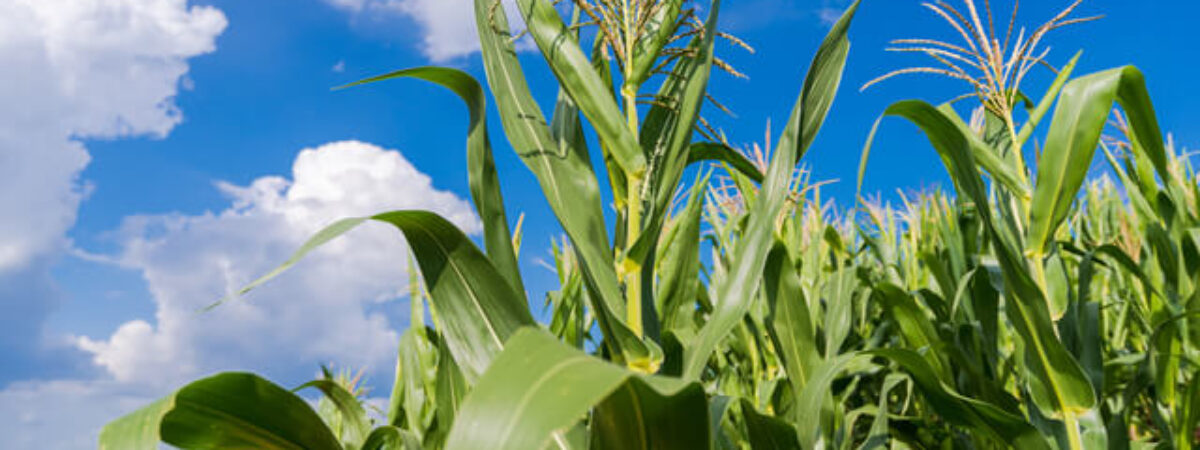Corn is an annual crop and is native to Mexico. Scientifically, it is called Zea mays that belongs to the family of Poaceae. They can be grown in your backyard easily.
It is a relatively fast-growing plant that mainly grows during spring and summer. These are harvested in about three months. It is cultivated from tall, straight stalks that produce tender kernels tufted with silks on husked ears.
In addition to breakfast cereals and dog food, it is also used in skin care products.
It has different varieties and depending on that you can choose for what purpose the maize grown in your backyard can be used for.
Suppose you are growing Flint corn then that is mainly used for livestock feed or in cornmeal making.
No matter which variety you are growing, the basic requirements and harvesting procedure remains the same.
So in this article I have covered all the basic requirements and harvesting process of corn along with different varieties of corn.
It cannot tolerate frost so it should be planted after the frost has completely left. So the best time to plant corn is spring. Click To TweetVarieties
So basically maize has five different varieties that you as a gardener can choose to grow in your backyard.
Dent Corn (Zea mays var. indentata)
It used for feeding livestock or dried and milled as grain is also known as field corn.
Sweet Corn(Zea mays subsp. mays)
It is often sold fresh as a vegetable, or canned or frozen depending on your preference.
Flint Corn(Zea mays var. indurata)
This variety, known as Indian corn, comes in a variety of colors, is used as animal feed, or is used to make cornmeal.
Flour Corn((Zea mays var anylacea sturt)
This variety is usually used in making flour.
Pop Corn(Zea mays everta)
The kernels of this variety pop instead of cracking when they are dried and heated.
Growing Guide

It cannot tolerate frost so it should be planted after the frost has completely left. So the best time to plant corn is spring.
The basic requirements for the growing of maize is discussed below.
Soil
It prefers a little acidic to neutral soil pH. They require loamy and well drained soil to grow.
Light
This under full Sunshine will grow healthy. It should get direct Sunlight for at least six hours.
Water
Regular watering is beneficial for these to produce healthy cobs. Deep watering once a week is great. You need to take extra care on weeding the field occasionally as it is better to keep the corn field weed free.
Temperature
As it is a summer and spring season annual, it can grow best in warm climates. Optimum temperature required for the plant to grow is around 60 to 80 degree Fahrenheit.
During the cold season mulching the soil with black polythene provides required warmness for their growth. With proper maintenance of soil moisture required humidity can be achieved easily.
Fertilizer
It requires a bit more fertilizer as they are heavy feeders. Nitrogen fertilizer is required in more quantities for their healthy growth.
Organic fertilizers such as compost rotted manure, or fish emulsion before planting proves to be a good nutrition for your plants.
When your plants grow up to 8 inches in height, apply nitrogen fertilizer. And again when your plant starts to produce tassels apply nitrogen fertilizers.
Harvesting

As we know there are five different types available, but there are only two ways to harvest them. Isn’t this a good thing?
The harvesting method completely depends upon the time you harvest. Here I have explained in detail about the two methods.
Dry method of harvesting
The stage of harvesting when kernels become dry completely is the dry method of harvesting. This method is especially used in Dent, Flint , Flour and Popcorn varieties.
This variety completely matures in around 110 -120 days. You can see the silks, husks and tassels turning brown when they fully mature.
Usually the Dent, Flint and Flour corn are used for livestock feeding, decoration and in making cornflour.
For getting the perfect pop, it needs a moisture level of 13-14%. The kernels must be hard enough to pop.
In order to check whether it is ready to harvest or not, you can carry out the following process.
Take some kernels and pop them in a pot on the stove or microwave. Then take a bite of the popped kernel, if you are feeling a rubbery bite this means the it is not ready to harvest. Click To TweetTake some kernels and pop them in a pot on the stove or microwave. Then take a bite of the popped kernel, if you are feeling a rubbery bite this means the it is not ready to harvest.
There is another way to know their harvesting time is to check the moisture level. You can do it by grinding some kernels coarsely and then weighing them.
Again weigh the kernels after drying them in an oven 250 degree fahrenheit for 3 hours. After recording both the weights, find the moisture percentage.
Moisture percentage can be calculated by finding the difference between dried weight and original weight of the kernel and then dividing the value with the original weight.
If the moisture level is above 14% you need to wait for some more time to harvest them.
And if it has attained optimum moisture level, then harvest them and you can store the popcorn for two years in an airtight container.
In the case of cornmeal, you can keep that too in an airtight container for two years in a freezer or 18 months in a fridge.
Milk stage method of harvesting
Out of all the five varieties, mainly sweet one is harvested at this stage. If you are someone who likes a bit of crunchiness in your bite, then this is the best stage of harvesting .
It occurs approximately 18-20 days after the female silks appear at the end of the male tassels and wind pollinates them. The milk stage is when the kernels are filled with milky-sweet sap.
Depending on growing conditions, usually the silking stage comes 50-65 days after sowing. Around after 75 – 80 days you need to check on the signs of harvesting.
To know when to harvest you can notice that the ears are green and feel full and firm, and the silks are brown from drying out.
When you open the leaves gently you will notice some milky sap, this is the right time to harvest the corn. Harvest the ears by grasping them with both hands and gently twisting or bending them downward until they come off the stalk.
It is best to preserve or consume the corn within 6 hours of harvesting it to get the optimum taste.
Conclusion
Hope you have enjoyed reading this article so far. Growing and harvesting corn in your own garden is an absolute pleasure for any gardener.
You can have your freshly picked corn in a variety of ways you like, either by roasting the cobs and having it with some butter salt and a dash of lemon or you can half boil the corn and enjoy its crunchiness.
So, this summer make sure to grow some corn in your garden and enjoy freshly picked corn along with your family.
You may also like to read
How to Grow and Care for Sweet Potato Vine – An Ultimate Guide
A Complete Guide on Ornamental Cabbage- Planting to Harvesting







One thought on “When and How to Grow and Harvest Corn? – A Complete Guide”
Thank you for sharing your info. I really appreciate your efforts and I will be waiting for your
next write ups thank you once again.